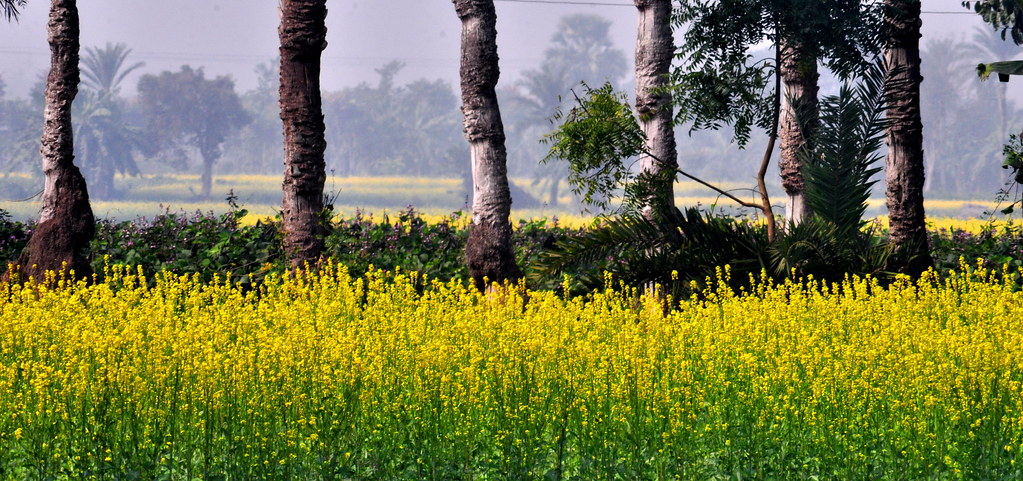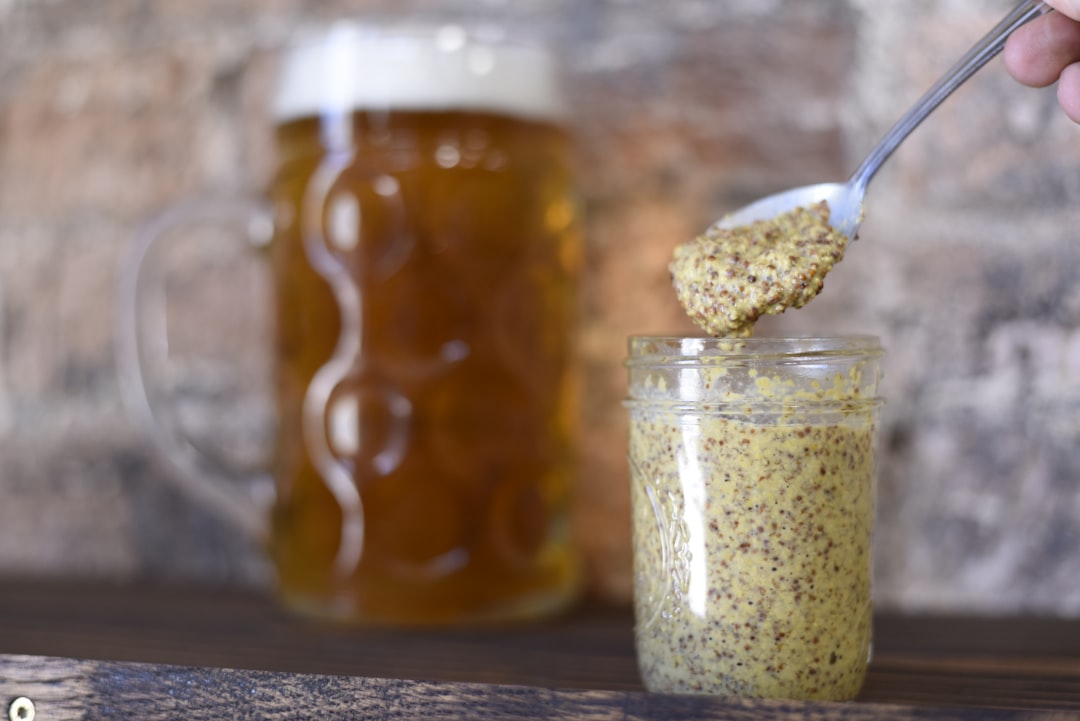Discover the fascinating world of the mustard tree, a plant that has captivated cultures and cuisines around the globe. Did you know that despite its name, the mustard "tree" is actually considered a bush, with some species capable of growing up to 20 feet tall? This intriguing plant not only adds flavor to our dishes but also holds a special place in various religious and historical texts, making it a subject of interest beyond the culinary world.


The mustard tree, known for its robust flavor and aromatic seeds, is not just a culinary staple but also a powerhouse of nutrition and medicinal benefits. The products derived from the mustard tree, including its seeds, leaves, and oil, are rich in essential nutrients such as proteins, fiber, vitamins (especially Vitamin C), and minerals like selenium, magnesium, and calcium. These components contribute to the overall health by supporting the immune system, promoting heart health, and regulating metabolism. Medicinally, mustard products have been used for their anti-inflammatory, antifungal, and antibacterial properties. They have been traditionally used to relieve muscle pain, treat respiratory conditions, and even as a natural remedy for digestive issues. The presence of compounds like glucosinolates in mustard seeds is believed to have anticancer properties, showcasing the potential of mustard tree products in preventive healthcare.
The cultivation and harvesting of the mustard tree are grounded in sustainable practices that not only ensure the production of high-quality mustard products but also contribute to environmental conservation. Mustard trees are known for their adaptability to different soil types and resistance to many pests, reducing the need for chemical pesticides. This resilience makes them an excellent choice for sustainable agriculture. Farmers often employ crop rotation methods with mustard plants to improve soil health and prevent the depletion of nutrients. Moreover, mustard plants can act as a natural biofumigant, purifying the soil of pathogens and pests. Harvesting mustard seeds is typically done manually or with minimal mechanization, ensuring minimal environmental impact. These sustainable practices behind mustard tree growth highlight the balance between fulfilling human needs and preserving natural resources for future generations.
The culinary world has long celebrated mustard seeds and leaves for their versatility and unique flavors. Chefs and home cooks alike are finding innovative ways to incorporate these ingredients into both traditional and modern dishes. Mustard seeds, with their pungent and somewhat spicy taste, are a staple in pickling mixes, marinades, and seasoning blends. They're ground into powders for mustards or used whole to add texture and bursts of flavor to dishes. Beyond the seeds, mustard leaves, known for their peppery taste, are making their way into salads, stir-fries, and as a nutritious green addition to smoothies.
One innovative culinary trend is the use of mustard seeds in dessert recipes, where they add an unexpected crunch and heat to balance sweet flavors. Gourmet chefs have been experimenting by incorporating mustard seed caviar into chocolate ganaches or using them to crust candies, creating a sophisticated flavor profile that surprises the palate. Additionally, the vibrant green mustard leaves are being used as a natural coloring agent in pastas and bread, providing dishes with not only a pop of color but also a nutritional boost.
Another emerging trend is the fusion of mustard flavors into international cuisines, where the adaptability of mustard seeds and leaves is explored in new contexts. For example, mustard seed-infused oils are being used to drizzle over Asian dumplings, and finely chopped mustard leaves are being incorporated into Mexican salsas and Indian curries, adding a global flair to traditional dishes. This cross-cultural culinary exploration showcases the universal appeal of mustard seeds and leaves, proving that their uses in the kitchen are limited only by the chef's imagination.
The mustard tree, a source of both nutritional and medicinal benefits, has been deeply embedded in traditional remedies across various cultures for centuries. Historically, mustard seeds and leaves were used to treat a range of ailments, from digestive issues to inflammatory conditions. Traditional practices often involved creating poultices from mustard seeds to relieve arthritis pain or using mustard leaves as a detoxifying agent. In modern science, these traditional uses are being explored and validated through rigorous research. Phytochemical analyses reveal that mustard seeds are rich in compounds such as glucosinolates and isothiocyanates, which have been linked to anti-cancer, anti-inflammatory, and antimicrobial properties. Moreover, contemporary clinical studies are investigating the efficacy of mustard seed extracts in treating conditions like high blood pressure and asthma, offering a fascinating bridge between ancient wisdom and scientific inquiry. This comparative analysis underscores the continuity and evolution of the mustard tree's medicinal applications, highlighting its enduring relevance in both traditional and modern health paradigms.
In conclusion, while "Mustard Tree Miracles" opens our eyes to the remarkable potentials and applications of the mustard tree, "Padma's Kitchen - A Gastronomic Adventure" offers a delightful foray into culinary exploits that could very well harness these discoveries. Imagine integrating the unexpected powers of the mustard tree into the rich and diverse recipes presented in Padma’s Kitchen. The fusion of such knowledge and gastronomic creativity promises an adventure for the palate as well as a tribute to the versatility of nature's offerings. Discover more of these delectable journeys by visiting Padma's Kitchen and explore the boundless possibilities in your own cooking escapades.